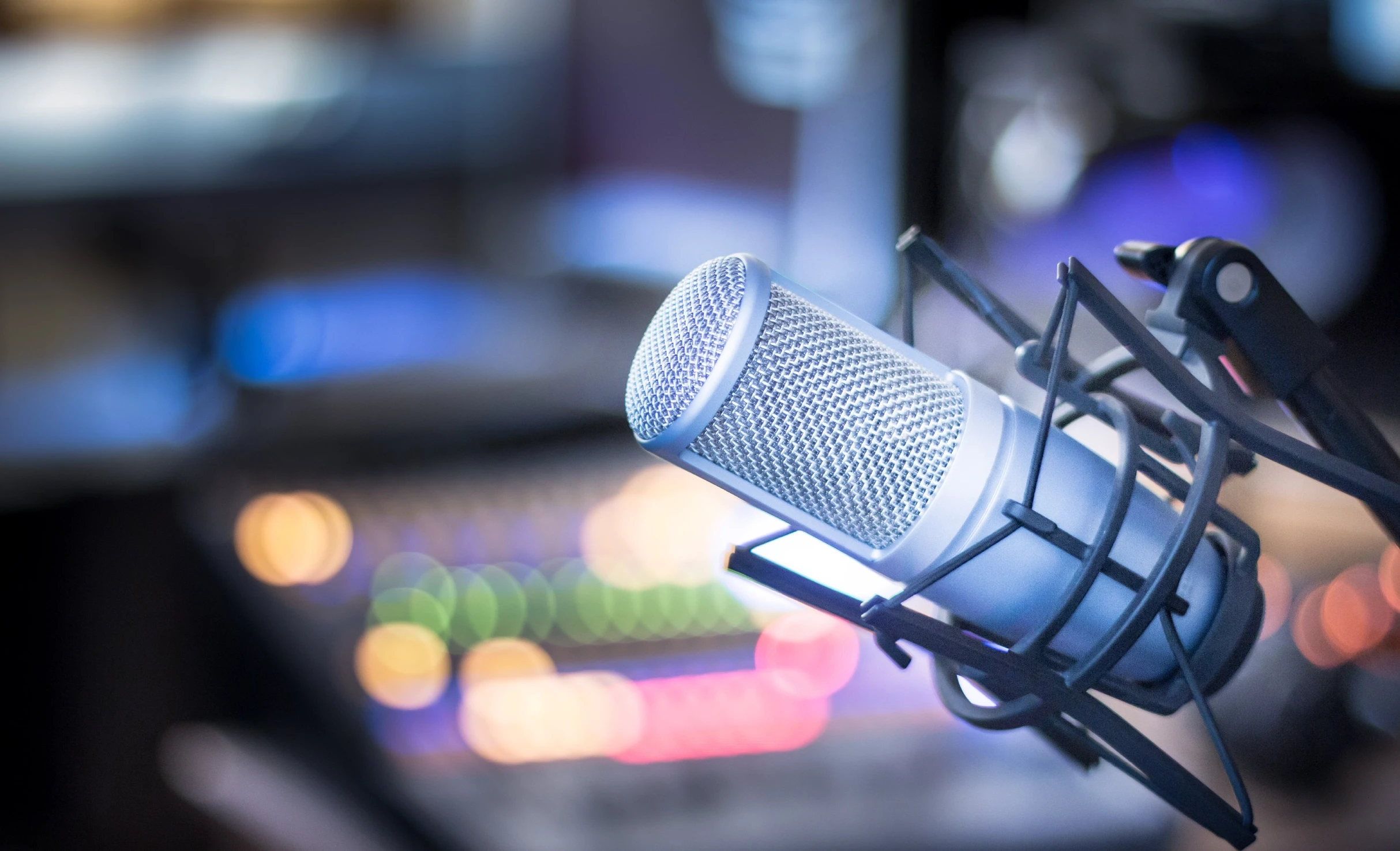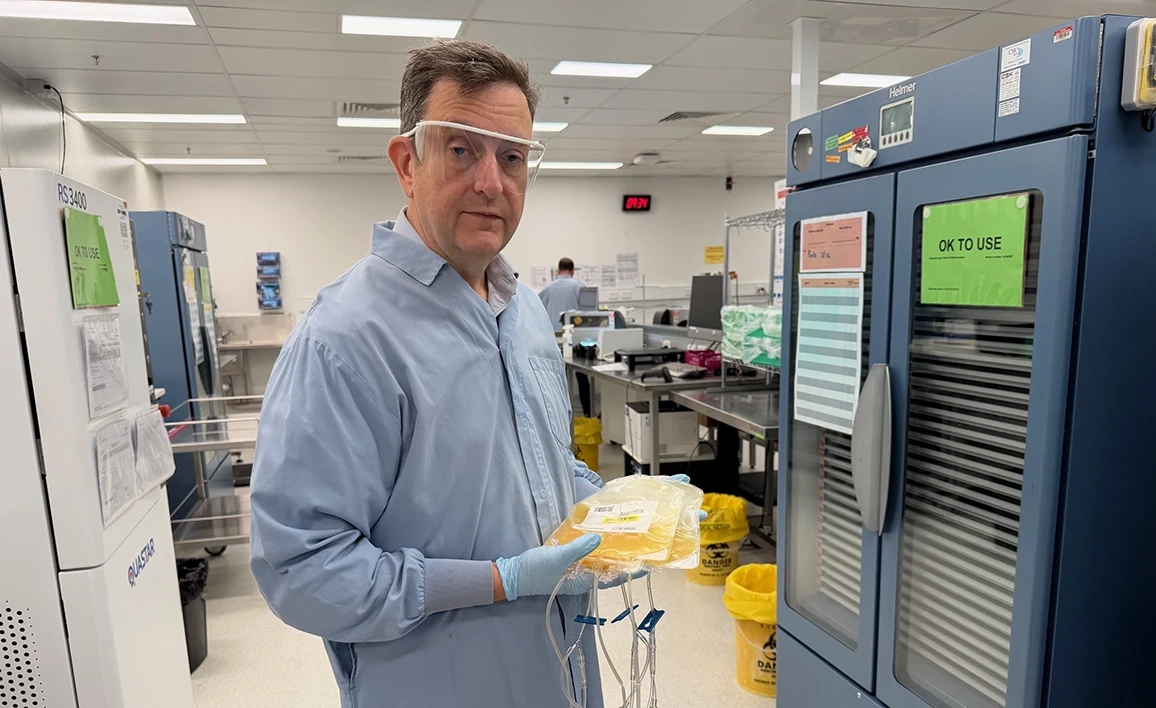New tool helps children to recover safely after surgery

A world-first checklist developed by Australian and US doctors will now make it easier for parents and carers to track their child’s recovery after surgery.
The new 20-item questionnaire developed as part of an international trial looks at far more than pain or length of hospital stay. Instead, it captures a child’s overall wellbeing in the days after surgery − including sleep, appetite, energy levels, mood and anxiety.
The success of the trial, which was recently reported in the journal Anesthesiology published by the American Society of Anesthesiologists, paves the way for the checklist to become a standard part of children’s post-surgery care worldwide.
Developed and tested with 1100 children and families in hospitals across Australia and the US including the Queensland Children’s Hospital and Boston Children’s Hospital, the tool is designed to help doctors and parents find recovery problems early, and provide extra, targeted support if needed.
Australian trial leader, Queensland Children’s Hospital paediatric anaesthetist Associate Professor Paul Lee-Archer, says the checklist fills an important gap.
While adult post-surgery checklists have been used for several years there has not been an equivalent measure for children.
“Children aren’t just small adults,” Associate Professor Lee-Archer explains.
“They recover differently, and their needs after surgery can be complex. This checklist gives families and doctors a clear way to see how a child is really doing, beyond the hospital walls.”
Responses from children who were asked how they were feeling after their surgery included:
- “I had trouble sleeping.”
- “I did not feel like eating or drinking.”
- “I felt really worried.”
- “I was more easily upset.”
- “I had upsetting thoughts or feelings about being in hospital.”
Response scores ranged from 20 to 100, with higher scores showing better recovery.
The announcement comes ahead of National Anaesthesia Day on 16 October 2025, when anaesthetists across Australia and New Zealand will highlight the role they play in keeping patients safe before, during and after surgery.
National Anaesthesia Day, an initiative of the Australian and New Zealand College of Anaesthetists (ANZCA), is held each year on 16 October to coincide with the anniversary of the world’s first successful public demonstration of ether anaesthesia in Boston in 1846 – an innovation that transformed surgery and patient outcomes.
This year’s theme, #Insafe hands is particularly relevant for children and their families.
“Parents can take comfort in knowing anaesthetists are working not just to keep children safe during surgery, but also to help them recover well afterwards,” Associate Professor Lee-Archer says.



